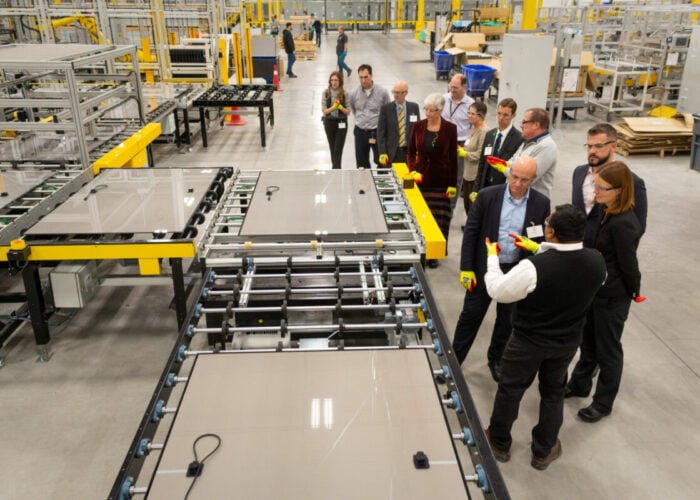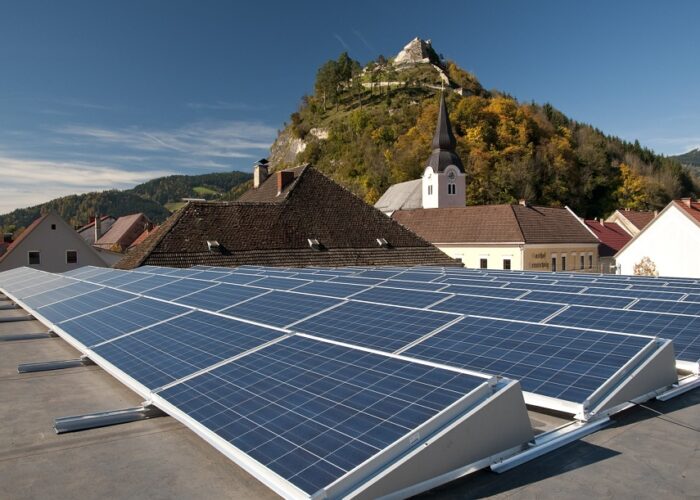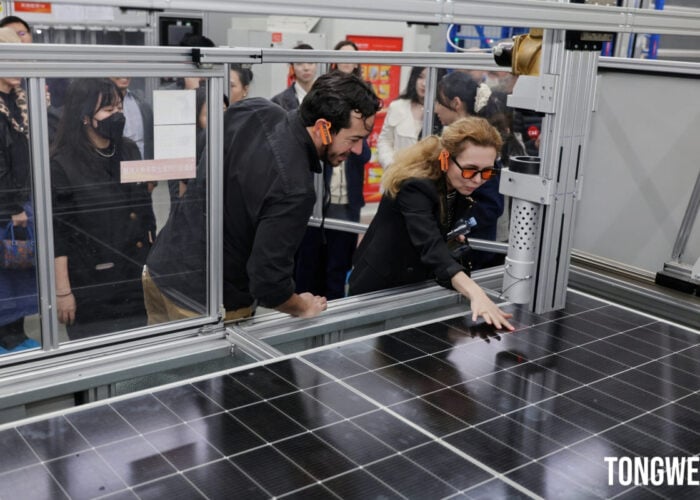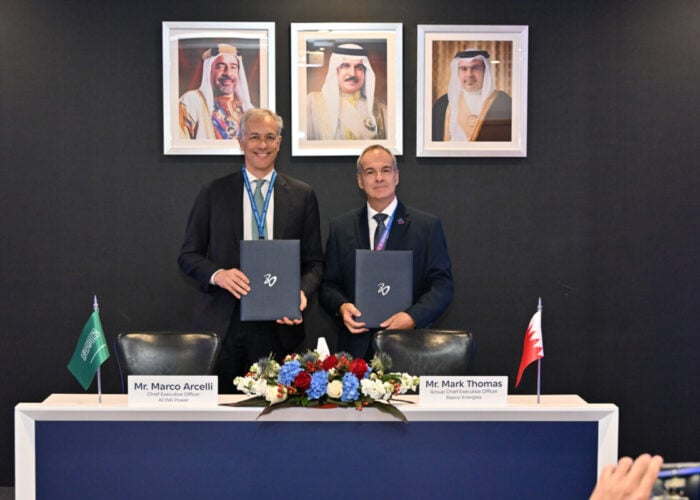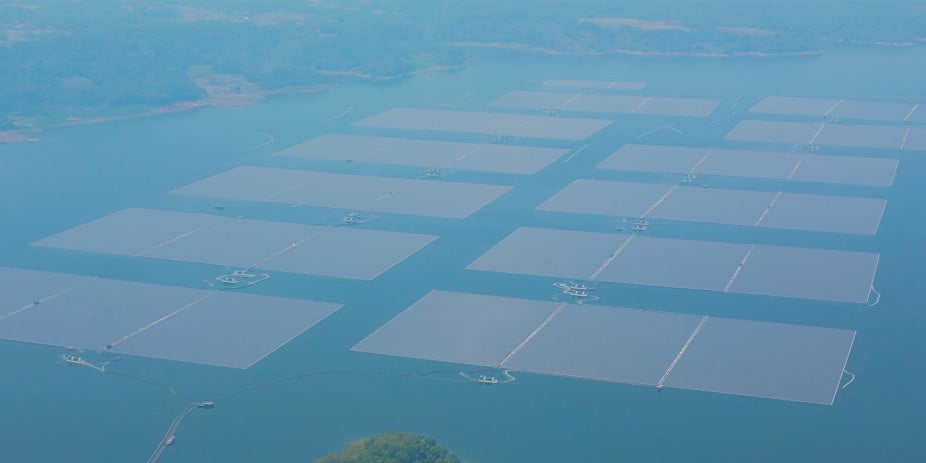
Expanding the grid infrastructure of countries in the Association of Southeast Asian Nations (ASEAN) could unlock 24GW of new solar capacity, alongside 5.6GW of new wind capacity, in the region.
This is a key conclusion drawn from the latest Ember Climate report into the region, which highlights the deficiencies in the region’s grid infrastructure, and discusses the clean energy benefits of greater investment in energy transmission. The report, ‘Wired for profit: Grid is the key to unlock ASEAN energy investment’, suggests that a lack of available grid capacity is a key obstacle for countries in the region, both for ensuring security of energy supply and meeting the world’s climate change goals.
Try Premium for just $1
- Full premium access for the first month at only $1
- Converts to an annual rate after 30 days unless cancelled
- Cancel anytime during the trial period
Premium Benefits
- Expert industry analysis and interviews
- Digital access to PV Tech Power journal
- Exclusive event discounts
Or get the full Premium subscription right away
Or continue reading this article for free
For instance, the International Energy Agency (IEA) reports that the region will need to add 100,000km of new transmission lines by 2030 to meet rising energy demand, and reduce reliance on fossil fuels, but ASEAN countries are currently on track to add less than half of that by the end of the decade.
Indonesia leads the region with just over 20,000km of new transmission line length announced, but only Vietnam – with just over 11,000km of new lines in the pipeline – is the only other country to have announced more than 10,000km.
Vietnam is also notable as a leader in the renewable energy space in ASEAN, but a country hampered by significant grid delays. Vietnam has 23GW of installed wind and solar capacity – and compared to its 35GW of operating fossil fuel power capacity this is the strongest ratio to renewables power capacity to fossil fuel capacity in the region – but had to cut its utilisation rate of its largest solar farm by up to 40% in 2022 due to a lack of pricing mechanisms and grid constraints.
Expanding solar and storage capacity
Vietnam is a compelling example of the importance of investing in both renewable energy capacity and transmission infrastructure, and Ember reports that the latter is sorely missing in many ASEAN countries.
For instance, only Cambodia, Malaysia and Singapore have signed the Global Energy Storage and Grids Pledge, an agreement unveiled at the COP29 summit that aims to deploy 1,500GW of new storage capacity and 25 million kilometres of new grid infrastructure globally by 2030.
Often, conventional grid capacity and storage facilities are discussed as alternate means to ensure energy security, but these figures suggest that ASEAN countries are, on the whole, unlikely to deliver on either as their energy demands grow.
Bolstering grid capacity is an important prerequisite if ASEAN countries are to build new power generation facilities and better meet their domestic electricity demands. The graph above shows how, for the most part, ASEAN countries’ domestic electricity generation has failed to meet annual electricity demand.
Indeed, the majority of the region’s electricity demand is met by fossil fuels, with annual coal-fired electricity generation almost doubling between 2015 and 2024. Ember figures also show that the region’s total annual electricity demand is expected to reach 1,626TWh by 2030, so building new electricity generation capacity will be essential.
Wind and solar projects have become more productive over the last decade than gas-fired electricity generation, suggesting that these technologies will be key to meeting the region’s growing energy demand. Gas electricity generation increased marginally from 377.9TWh in 2014 to 387.4TWh in 2024, while combined solar and wind generation increased by more than ten times, from 4.1TWh to 61.4TWh, over the decade.
The report also points out that solar and wind are forecast to account for between 23-25% of the region’s energy mix by 2030, a significant improvement over the current figures. Considering the variable nature of renewable electricity generation, the shift to a greater reliance on clean power only sharpens the need for more effective grid infrastructure in the area.
Making the business case
Despite the scale of these challenges, there is a compelling business case behind new investments in renewable energy and storage. The falling levelised cost of electricity (LCOE) in the renewable power sector is one of its strongest selling points, and the Ember report points to these figures, highlighting that in the decade to 2020, the cost of wind, solar and batteries fell by 55%, 85% and 85%, respectively.
However, the presence of monopolies in grid management means these financial arguments are not as compelling as they might be in other jurisdictions. The report points to Indonesia, where its grid operator has a monopoly on transmission and distribution, so there is less incentive to invest in grid modernisation and improvement.
Indeed, the utility’s primary responsibility is to meet the country’s electricity demand, regardless of the source of this power, which has led to a significant reliance on fossil fuels. Between 2018 and 2023, Indonesia added just 0.6TWh of solar and 0.3TWh of wind to its grid, and a report from Indonesian think tank the Institute for Essential Services Reform (IESR) said the country’s solar deployments had been “inadequate”.
The report calls on financial mechanisms such as public-private partnerships, or overseas collaboration such as a Cambodian project to improve its grid backed by the African Development Bank, to provide greater incentives for grid investments. Ultimately, the Ember report’s authors suggest that these kinds of investments will improve both the energy security and financial performance of countries across the region.
“The role of the grid is more than just moving electricity,” said Dr Dinita Setyawati, an Ember senior energy analyst and the report’s lead author. “In ASEAN, a stronger and interconnected grid can create a robust renewable energy market, connecting countries, uplifting communities, and bringing clean energy to the darkest corners.
“Grid upgrade, coupled with clean flexibility tools can better prepare ASEAN for a renewables-based future.”

